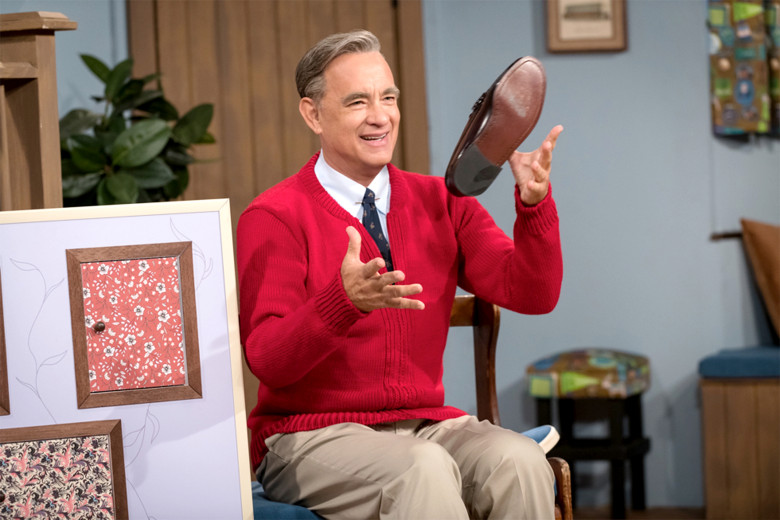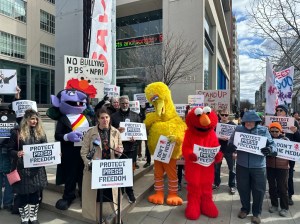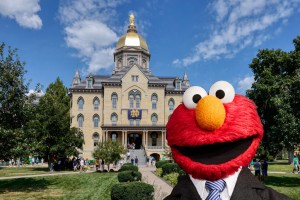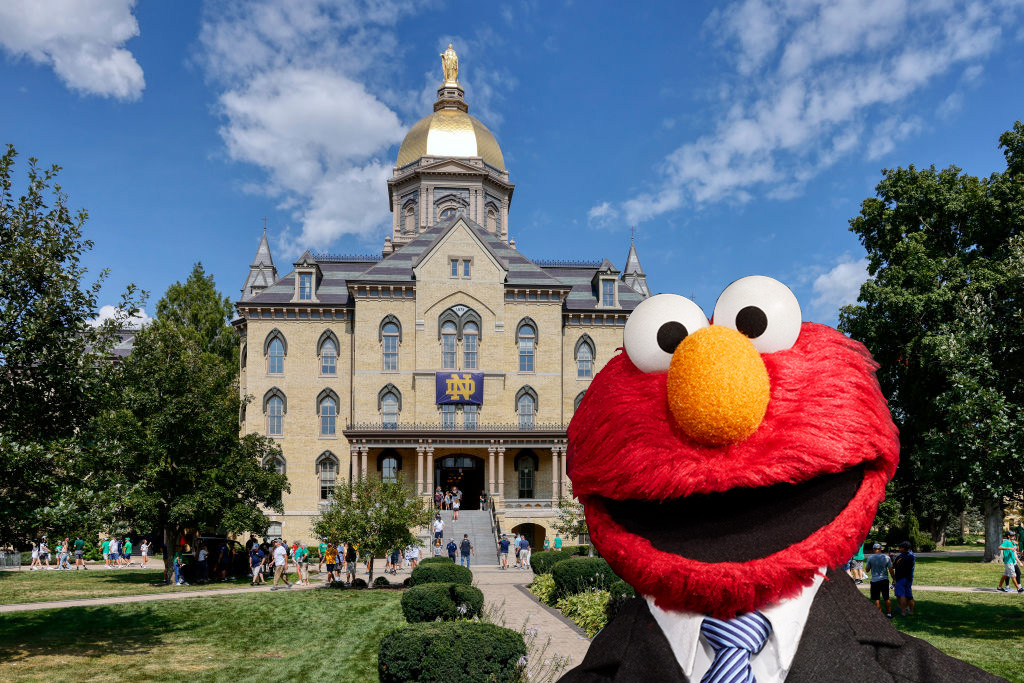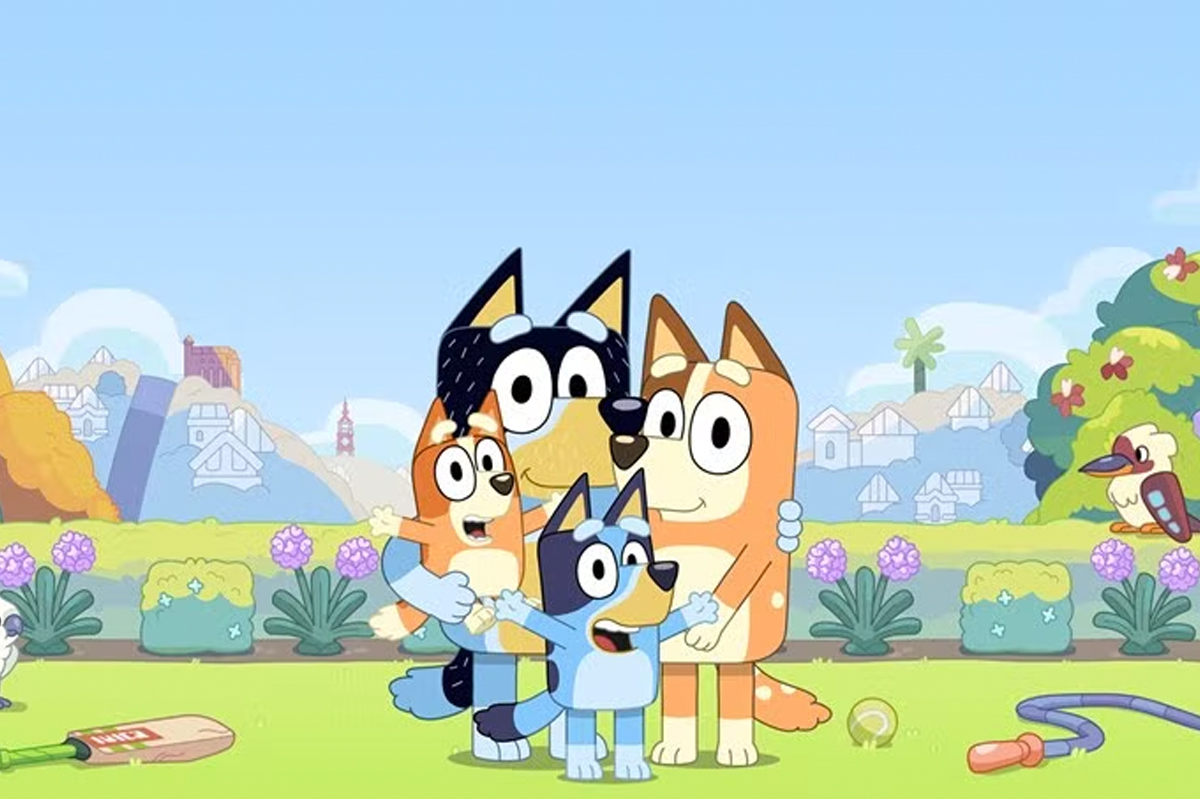This article is in
The Spectator’s November 2019 US edition. Subscribe here.
For people who, like me, were born in the troubled times of the Seventies, Sesame Street and Mister Rogers’ Neighborhood were an educational crossroads. As we gazed into the cathode-ray tube for direction, each program led to a very different future. Sesame Street, now in its 50th season, remains unavoidable and familiar. Yet we’re captivated by the return of Mister Rogers’ Neighborhood, the unpolished creation of Fred Rogers that aired from 1968 to 2001.
Last year, the documentary Won’t You Be My Neighbor? became a surprise hit. This week sees the opening of A Beautiful Day in the Neighborhood, a movie starring Tom Hanks as Rogers. Hanks has inherited Jimmy Stewart’s job as the ambassador of American nostalgia: who better for a feel-good triumph of simple truths over cynical sophistication? But the real Rogers was anything but simple. His lessons remain surprisingly tough — and might even have gotten tougher with time.
Back then, New York’s Channel Thirteen aired the two programs back to back as a tale of two cities. Sesame Street was a block party for the Great Society. ‘Can you tell me how to get, how to get to Sesame Street?’ went the infectious chorus. How could we avoid it? The progressive phantasmagoria of Sesame Street emerged from Carnegie and Ford Foundation grants. The most workshopped program in television history was designed as a childhood primer for Head Start, the youth corps of Lyndon Johnson’s War on Poverty. The best and the brightest minds in children’s entertainment deployed the cartoon characters and frenetic pace of commercial television for political ends.
While Sixties idealism was failing the American city, Jim Henson’s Muppets sold us the upside of urban decay: Big Bird nesting in the alley, Mr Snuffleupagus hiding in the garage, the mentally unstable Oscar the Grouch living in the trash can. Defeated by reality, Sesame Street became a lucrative global brand in a culture of diminishing expectations. In 1981, I appeared in two episodes as one of its neighborhood kids. My transition from the mean streets of the Upper West Side to the Sesame Street set in Astoria, Queens seemed perfectly natural. I was surprised only when I looked up and found that this ‘street’, unlike the Great Society’s budgets, had a ceiling.
Today, we all live on Sesame Street: Sesame Street progressivism is the default ideology of an achingly liberal society. The scripts may not be the best, but the visuals are still the brightest — especially now that HBO has gentrified the street.
Mister Rogers’ Neighborhood is the world we have lost: grandparents, honest jobs and Sunday school teachers. Sesame Street opens with a Muppet parade, Mister Rogers’ Neighborhood with a flyover shot of a model town. Sesame Street was invented by a ‘government of all the talents’, but Fred Rogers wrote the scripts and songs and operated all the puppets himself. An ordained Presbyterian minister, Rogers turned his Pittsburgh ‘neighborhood’ into his church in disguise, and ‘love thy neighbor’ and the doctrine of good works into encoded evangelism.
The opening sequence remains iconic. Walking from work to the modest home where we are waiting to meet him, Rogers opens his front door and proclaims, ‘It’s a beautiful day in the neighborhood.’ As he implores, ‘Won’t you be my neighbor?’ he changes into his sneakers, zips up his sweater and feeds his fish. Then Mr McFeely the delivery man brings the package that starts the episode’s discussion — a three-legged stool to assemble, or a video of a visit to a factory. A toy trolley arrives to take us to the ‘Neighborhood of Make-Believe’, its monarch King Friday XIII a ‘benevolent despot’ who ruled through chivalry and honor. When it returns, Rogers interprets what we saw. ‘It’s such a good feeling/ To know you’re alive’, he sings as he changes back into his work clothes and waves goodbye.
Eddie Murphy and Jim Carrey mocked Rogers’s earnest persona and square routine, but routine itself captivates in irregular times. Rogers takes us to the Pittsburgh Athletic Association and shows us how he swims a mile a day: ‘I made a promise to myself. And I keep my promises.’ His interactions with the black Officer Clemmons and the handicapped Jeff Erlanger are landmarks of common decency. His factory visits demonstrated the dignity of hard work; one of them made me decide to become a crayon maker. When deadlines loom, his expectations still rattle me: ‘You’ve got to do it/ Every little bit, you’ve got to do it, do it, do it, do it.’
Rogers’s ordinariness made him extraordinary, even compared to the ancien régime of Friday XIII. Rogers spoke up for manners over mayhem, diligence over distraction. He was ‘Mister’ to us, never ‘Fred’.
On Sesame Street, there was always some new sensation, like Stevie Wonder performing ‘Superstition’ while children gyrated on the fire escape. Elevating the mundane to the magisterial, Rogers offered no such illusions. His ideas have, like his local factories, been abandoned by contemporary America. His gospel of respect for neighbor and self was a tough love that now seems tougher than ever.
A Beautiful Day in the Neighborhood is released on November 22. This article is in The Spectator’s November 2019 US edition. Subscribe here.



